Can Any USB Cable Be Used for Charging?
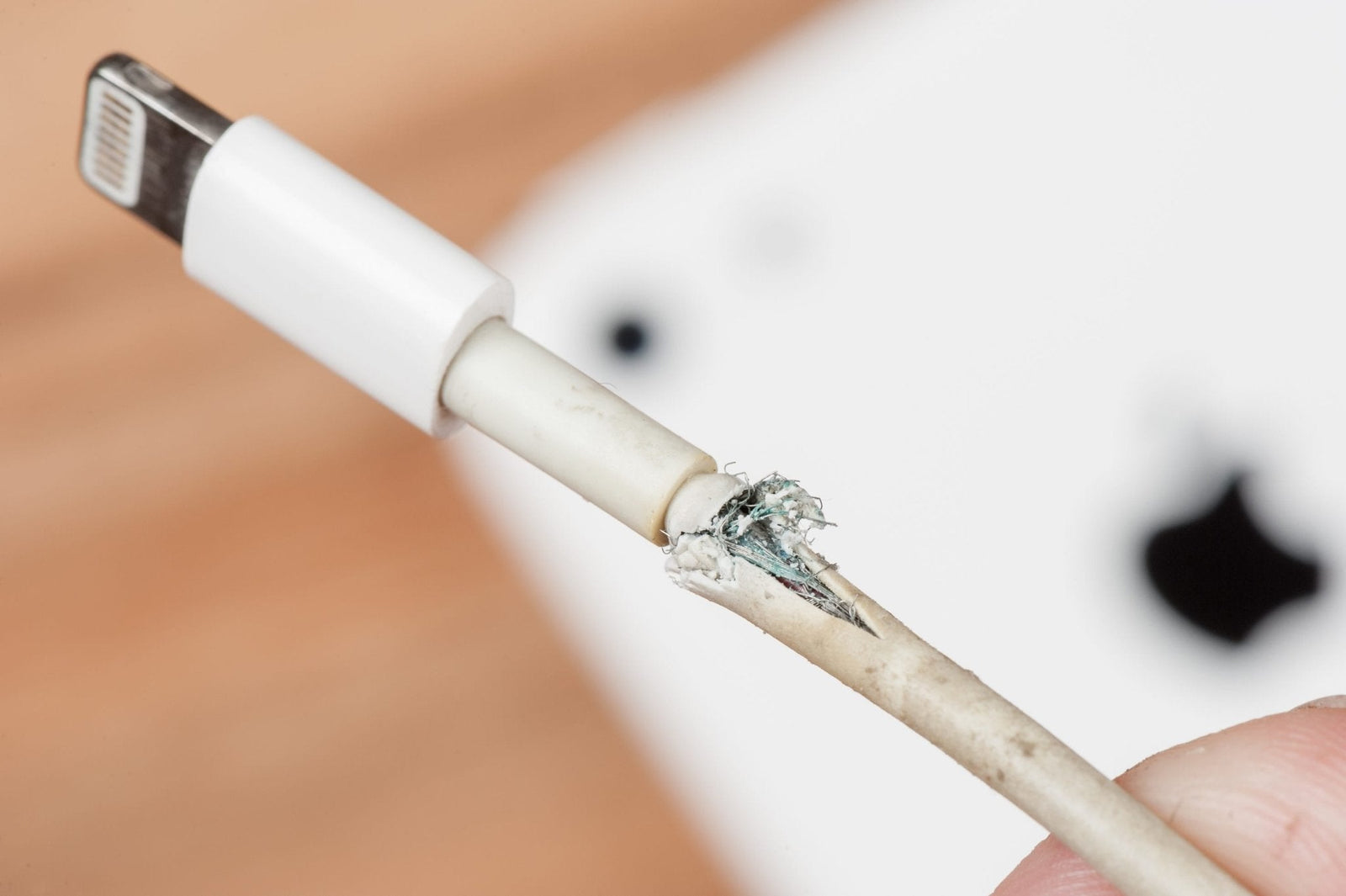
Are you trying to decide what type of USB (universal serial bus) charger to use? There are more options than you may think, and they don't all work the same.
From A to C, there are tons of USB chargers, and they aren't all equal. Consider how they differ and which one works with your device so that you can charge it efficiently.
Keep reading to learn more.
|
Crafted for heavy everyday use. Fast charges all Apple and Android devices. Charges up to 50% from 0% in 20 minutes. Automatic shutoff protects your device from overcharging. Shop Now |
Consider the Device
First, you need to choose a device that you want to charge. Not all devices use the same USB type, so choosing the device first can help you narrow your search for the best types of USB cable.
Take a look at your device to determine what type of charging port it uses to get power. For example, most iPhones use a lightning connector, but Android devices use a Micro USB.
New iPads and some laptops use a USB-C cable for the power supply. Unfortunately, you can't usually use multiple types of USB port connections to charge the same device, so you need to know if the connection is compatible.
Make Sure You Have an Adapter
If you want to plug in your device with wall chargers, you'll most likely need an adapter. Most newer phones and other devices come with a cable, but they may not come with a power brick.
You should consider what type of connector is on the brick end of the device. For example, older iPhones came with cables that connect into an adapter using a USB type B connector.
However, newer iPhones have a USB-C connector, and they don't come with an adapter. So you'll need to purchase an adapter separately or find a charger that comes with an adapter.
Alternatively, you can charge most small devices using a laptop or desktop. But you may still need to purchase an adapter if your computer doesn't have the correct ports.
Stick With Genuine Cables
It can be tempting to buy the cheapest USB chargers you can find to save money. Unfortunately, the knockoff chargers you'll find at your local gas station can do a lot of harm, even if they have the correct USB type.
If you're lucky, they won't provide the quick charge that a genuine cable would. But you may also find that the charger damages your phone or even leads to a small fire.
To avoid the risks of a cheap cable, make sure you look for premium cables from brands like KEUTEK. That way, you'll be able to use your device and charge it safely, quickly and efficiently.
Research Trusted Brands
If you don't have your genuine charger and don't want to buy another one, you have options. You can research trusted brands that sell cables that work with different USB networks and that have the correct charging port for your device.
These cables may not be as cheap as some cables, but they aren't always as expensive as brand chargers. So you may find a better deal, and you can still enjoy fast charging with the right type of USB connection.
Cables from trustworthy brands will provide the same USB charging experience as using a stock charger. You'll be able to use the same cable for much longer, and you can maintain your phone's battery life.
Plus, you should be able to find a charger with the right USB type, such as USB 2.0 or USB 3.0. That way, you'll get the power delivery you need to help your device hold a charge all day.
Decide If You Want Fast Charging
You should also consider if your device works with fast charging and if you want that feature. If so, you can look at a few fast-charging cables that will work with your device's port.
Think about how much time you have where you can let your device charge. If you have a busy schedule, you may need fast charging so that you don't have to sit around just to charge your phone.
However, if you work by an outlet or can plug your phone into a computer, fast charging may not be a big deal. Still, it's worth considering to help you get the best charge.
Don't Forget Data Transfer
Along with charging your device, you may want to transfer data to or from another device. If you want to be able to do that, you'll need to choose the right type of USB port.
USB-C is an excellent option for transferring data quickly and easily. That way, you can get your photos or other files off of your smartphone and on to your computer for storage or other uses.
Be sure to use a device that works with USB-C to transfer data fast. You can use other devices, but you may need to wait longer.
Types of USB Port Connections
As you consider the host to the device and other factors, you should consider some popular types of USB port connections. That way, you can determine which USB type is best for your needs.
Knowing this can help when you're looking for a new phone or computer. Some devices use older connections, while others have updated the cables to a newer type of USB.
Consider if you want something new or if you prefer using an older connection for as long as you can.
USB-A
USB-A was the first type of USB port to come out, and it's still somewhat common. A lot of computers have USB-A ports, so you can charge an older phone without using an adapter.
TVs and game consoles also usually have USB-A, so you can use the connector for a lot of things. You'll have to insert the cable in a specific direction for it to work, but you can't put it in the other direction.
This is the connection on the adapter end of a lot of Apple iPhone chargers. You can find it on other electronics that are a few years old or so.
USB-B
USB-B has a very similar design to USB-A connectors, and it's not very common now. You may find printers and other computer peripherals that use USB-B for the connection.
It's bigger than many other USB connectors, which is partly why it's not a popular choice. But it's worth having a cable around in case you need to connect a computer to a printer or something similar.
Mini-USB
Some older smartphones, especially Androids, used the mini-USB connector. It offered good power delivery, so you could get a pretty good battery life if you charged a device with this type of cable.
Newer smartphones don't use the mini-USB as much, but you may still find the cable around. You can use it for your older phones or other devices, like cameras or MP3 players.
If you had an old phone that used mini-USB, you may still have the charger. However, you might want to avoid using it if you don't currently use any devices that are compatible with it.
Micro-USB
The micro-USB is an even smaller connector than the mini-USB, and it's also slowly becoming less common. Like the mini-USB, the micro-USB found its way onto many smartphones and other mobile devices.
Some tablets and phones still use the connector, so it's usually available on battery packs and similar products. That way, you can use the new battery with your older devices.
However, USB-C has started taking over the role of the Micro-USB connector. You may need to switch connectors within a few years if you haven't already.
USB-C
Also known as USB 3.1, USB-C is slowly becoming the standard type of USB port. A lot of devices, from computers to smartphones, use the port to help transfer data or charge the device.
You can use the connection for a lot of things, such as outputting a display to a monitor. Both ends of a cable can use USB-C to provide the most efficient power delivery and data transfer.
Many Android phones are starting to use this connection. Apple laptops and iPads also use the connection, and iPhones have it on the adapter end of their chargers.
Lightning
Lightning is a special type of USB cable that you'll only find on Apple devices. Apple introduced the cable after a few generations of the iPhone to replace the 30-pin connector.
You'll find a lightning port on most iPhones and some older iPads and newer standard iPads. However, newer iPad Pros and other models are switching to the USB-C port.
The lightning cable can work well for fast charging. Be sure to verify that your device uses it before you invest in a new cable.
|
Crafted for heavy everyday use. Fast charges all Apple and Android devices. Charges up to 50% from 0% in 20 minutes. Automatic shutoff protects your device from overcharging. Shop Now |
Which USB Chargers Will You Use?
Comparing USB chargers is an important step in powering your mobile device. You can choose from devices with a few different ports, and some ports are better than others.
Be sure to understand how each port works and which devices are compatible with it. That way, you'll get the right type of cable you need.
Do you need a fast charging cable for your phone? Check out our selection to find one for you.



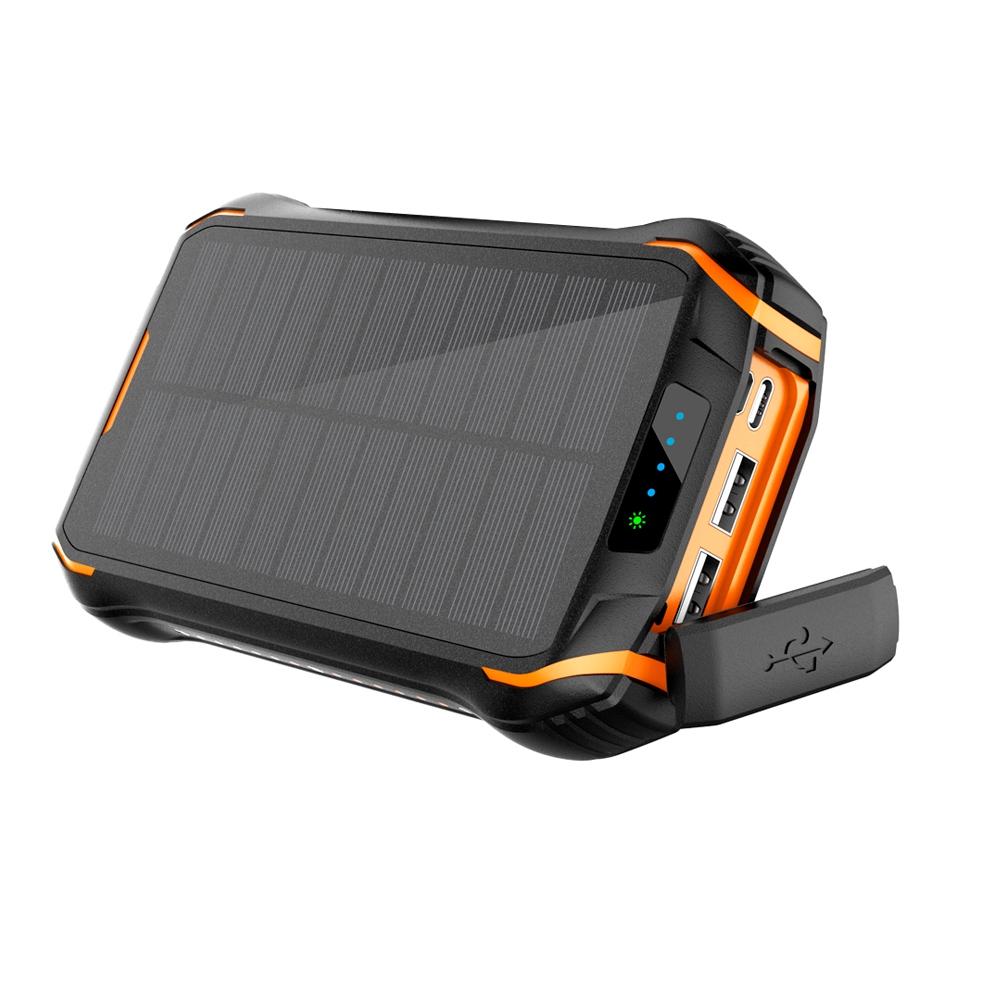
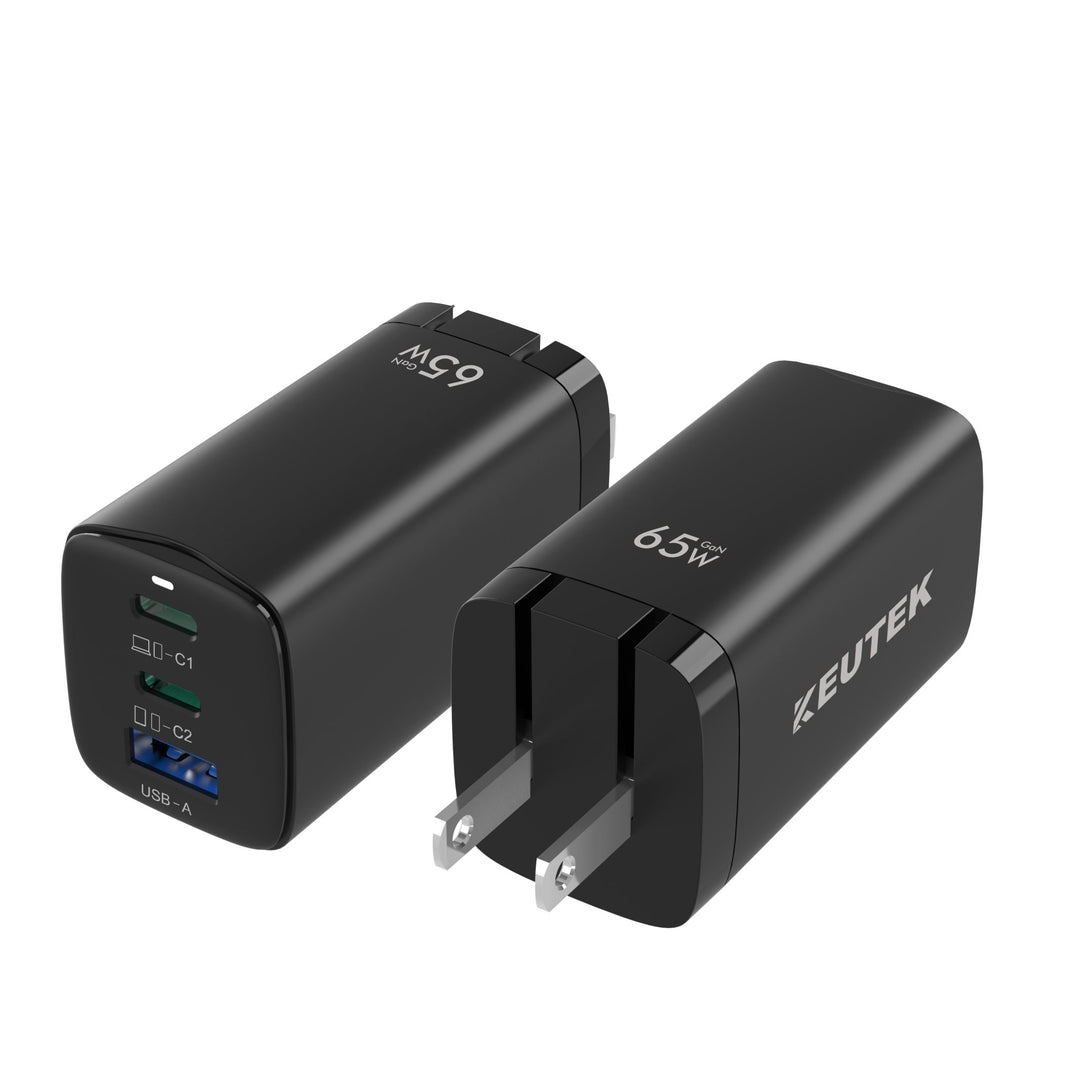
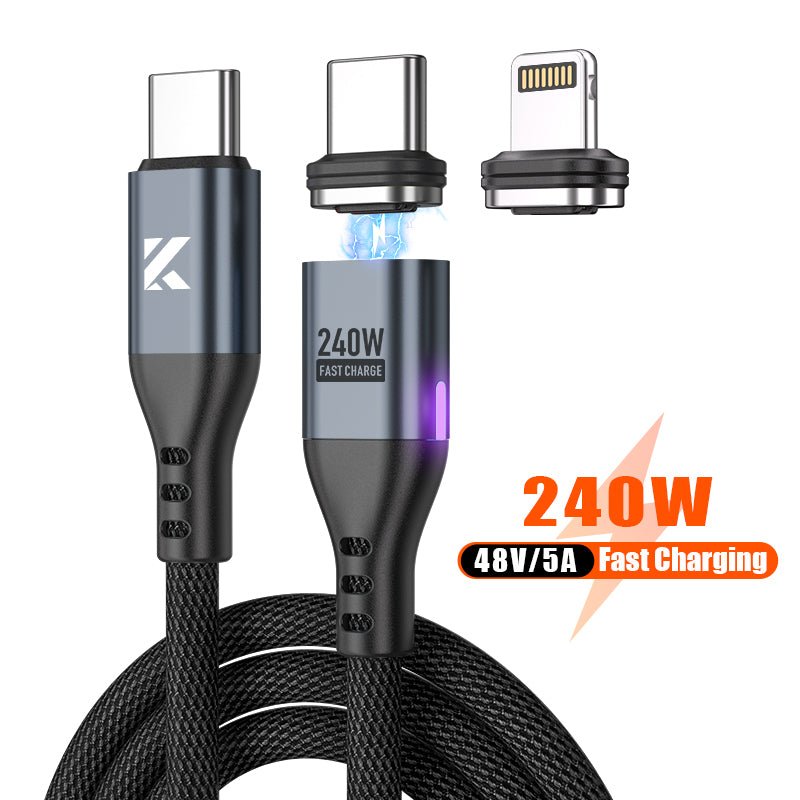
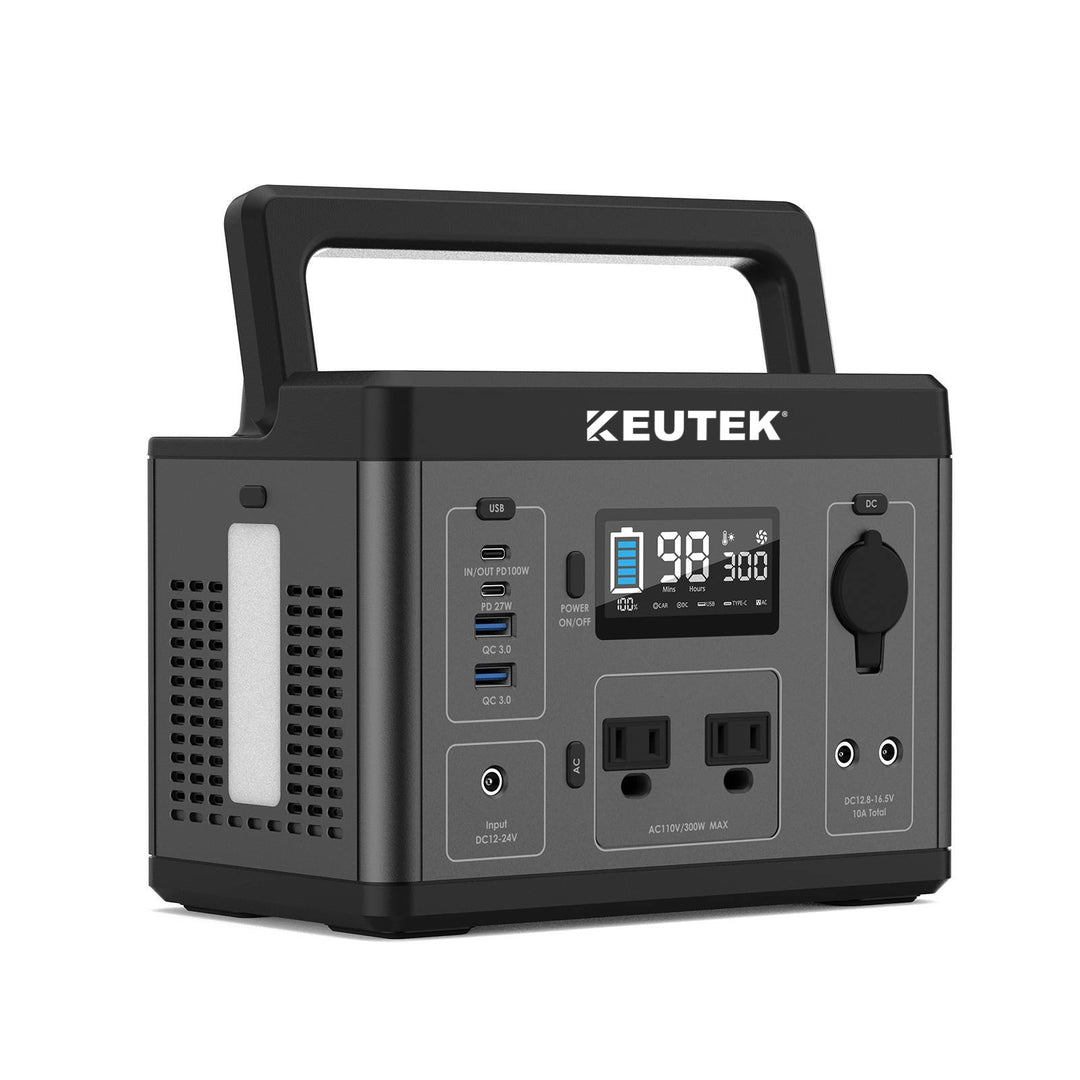
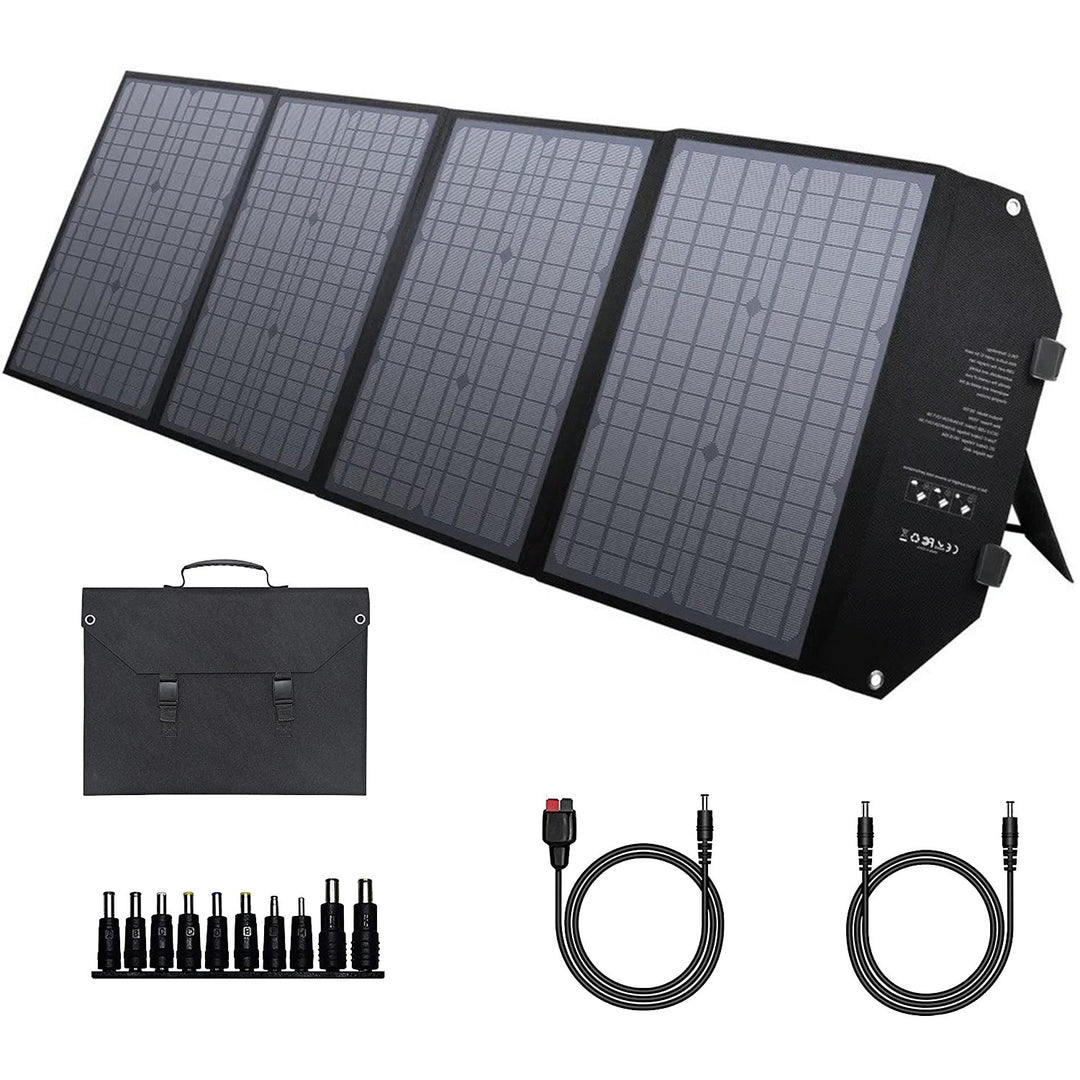
Leave a comment